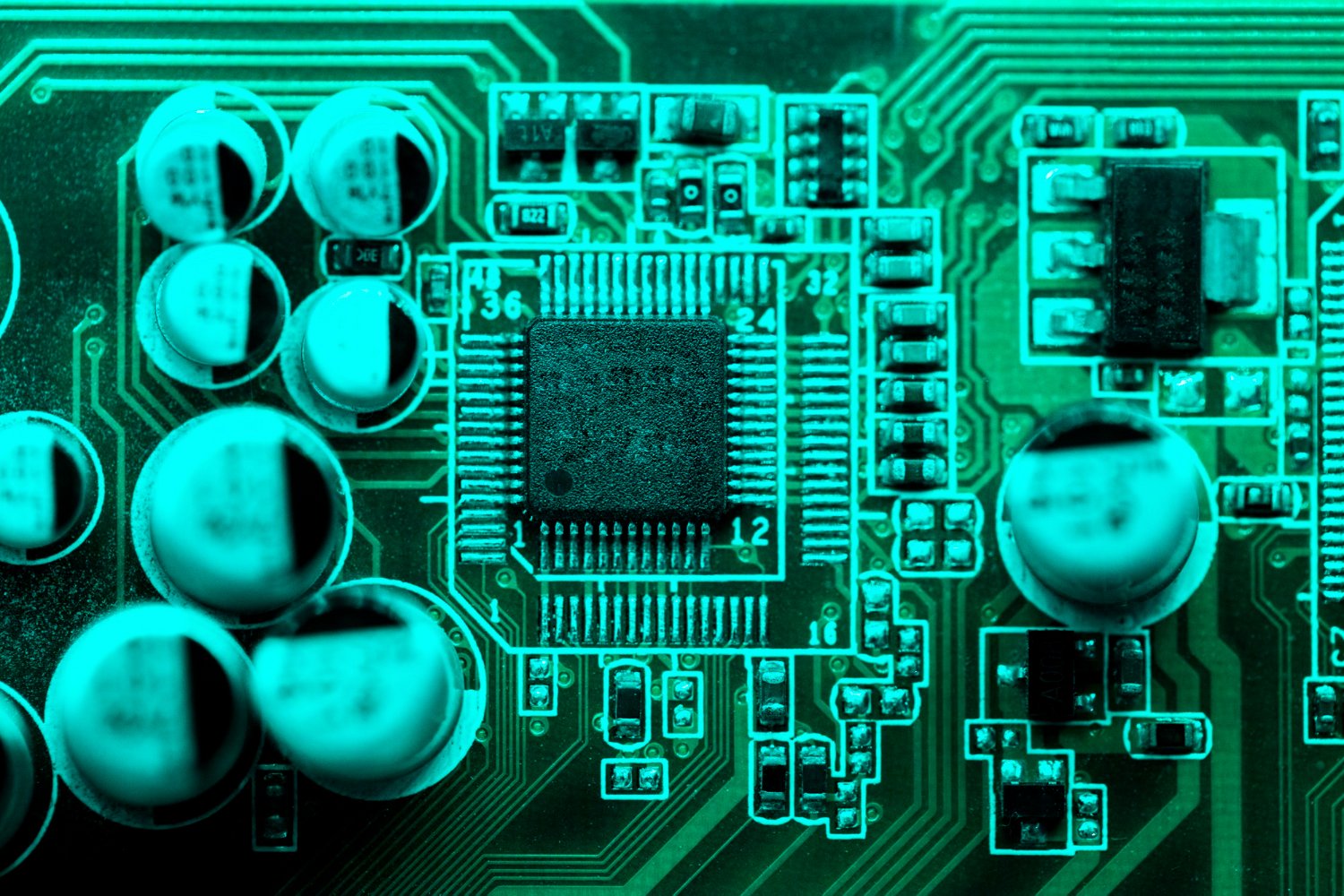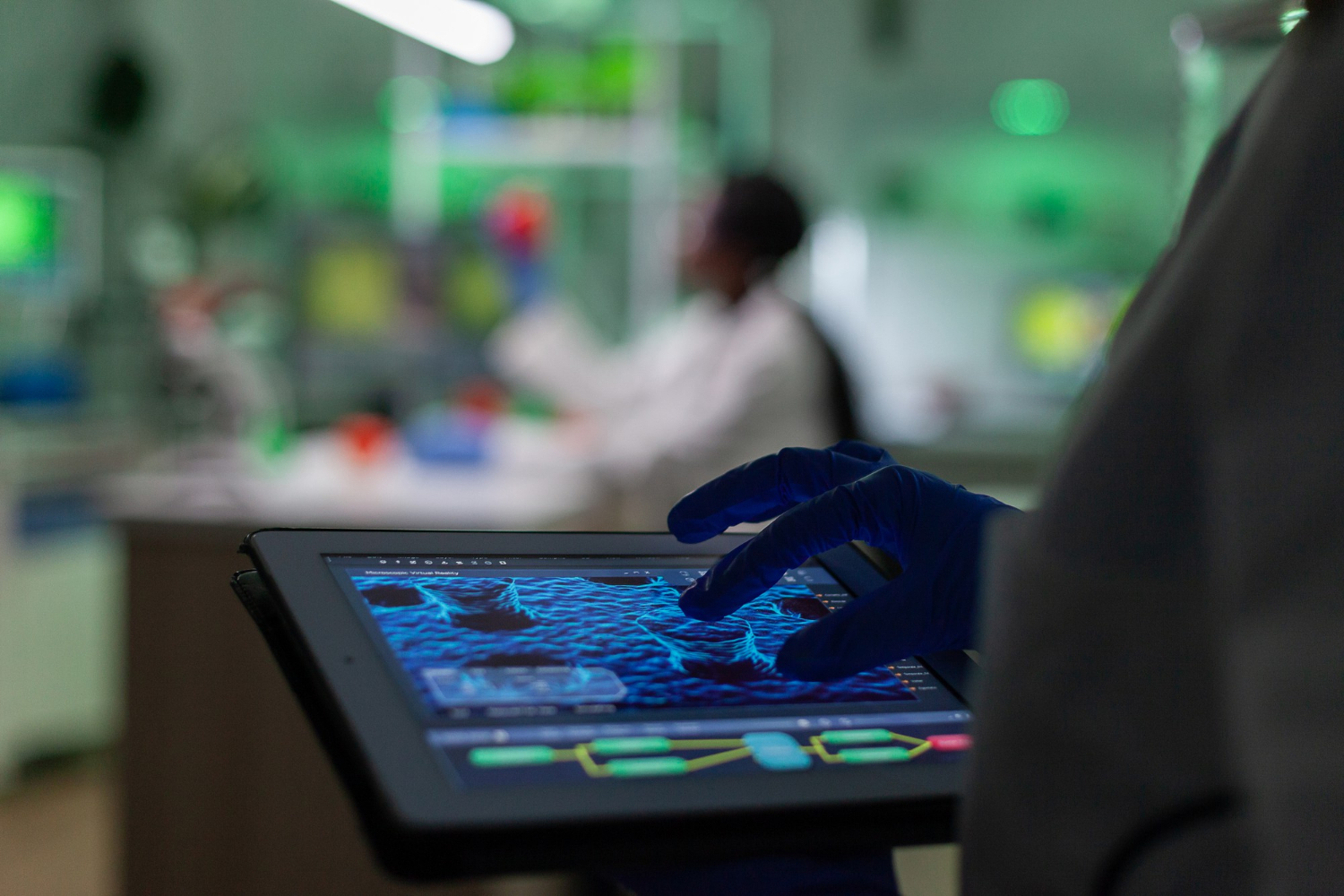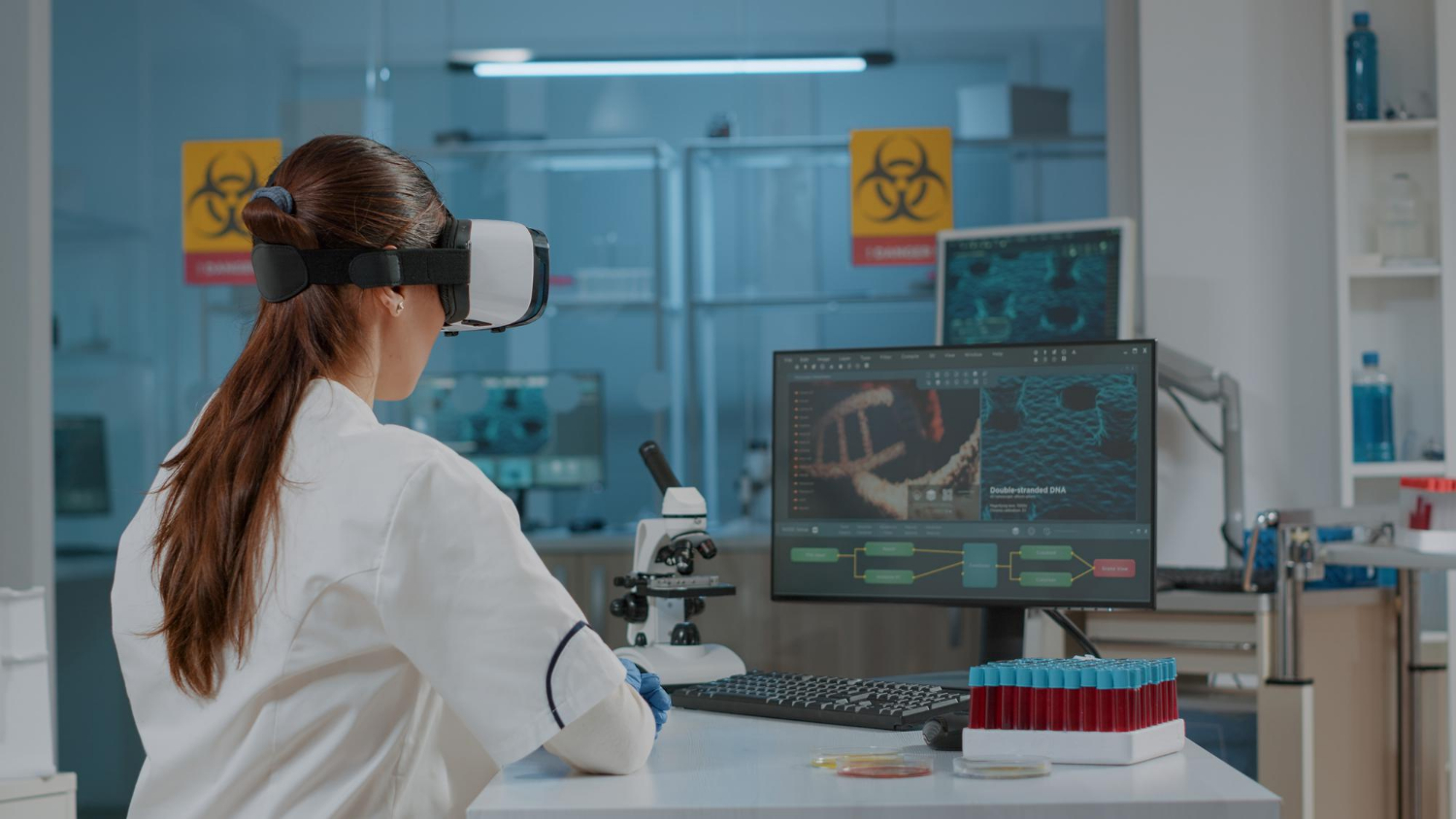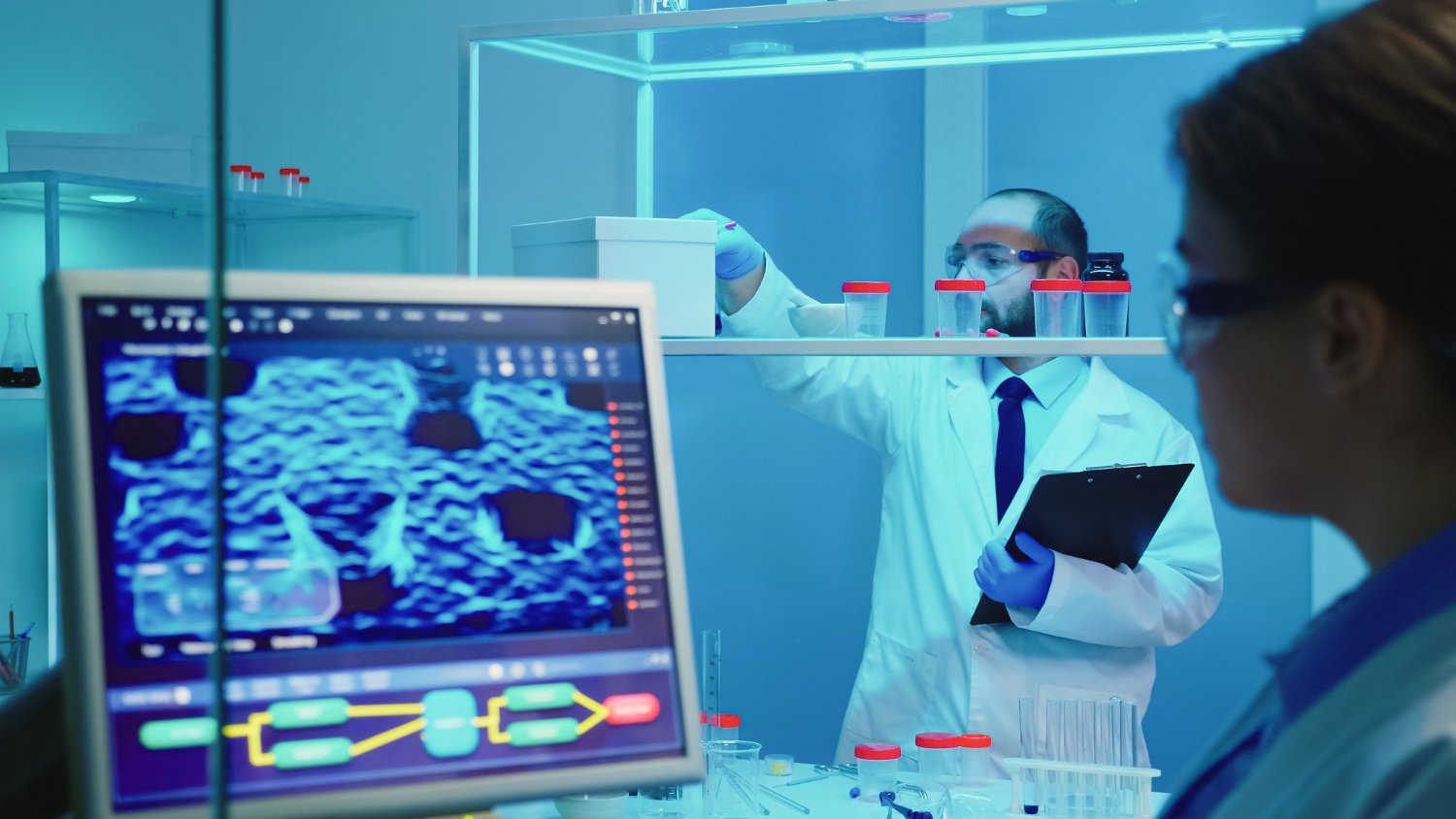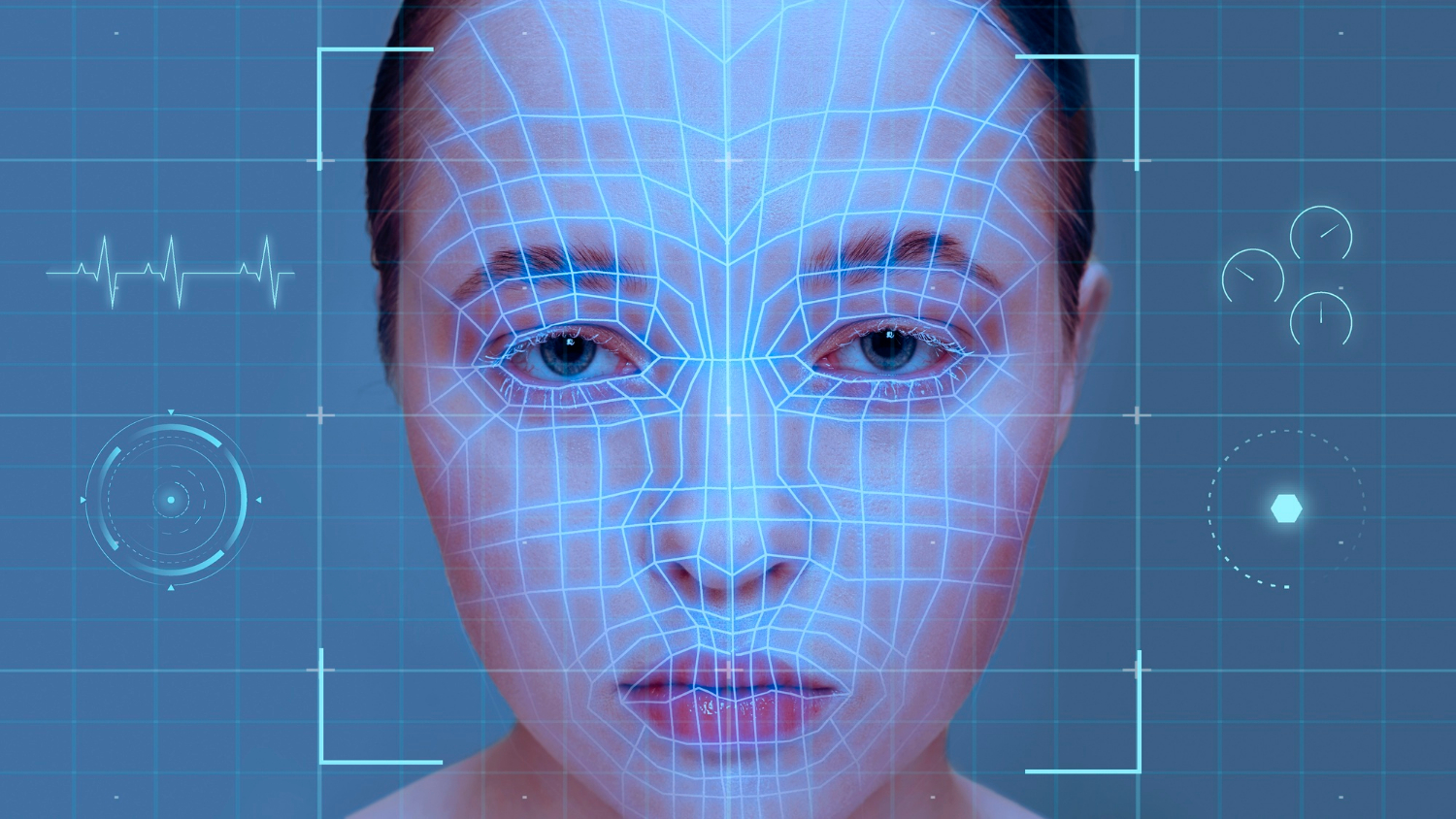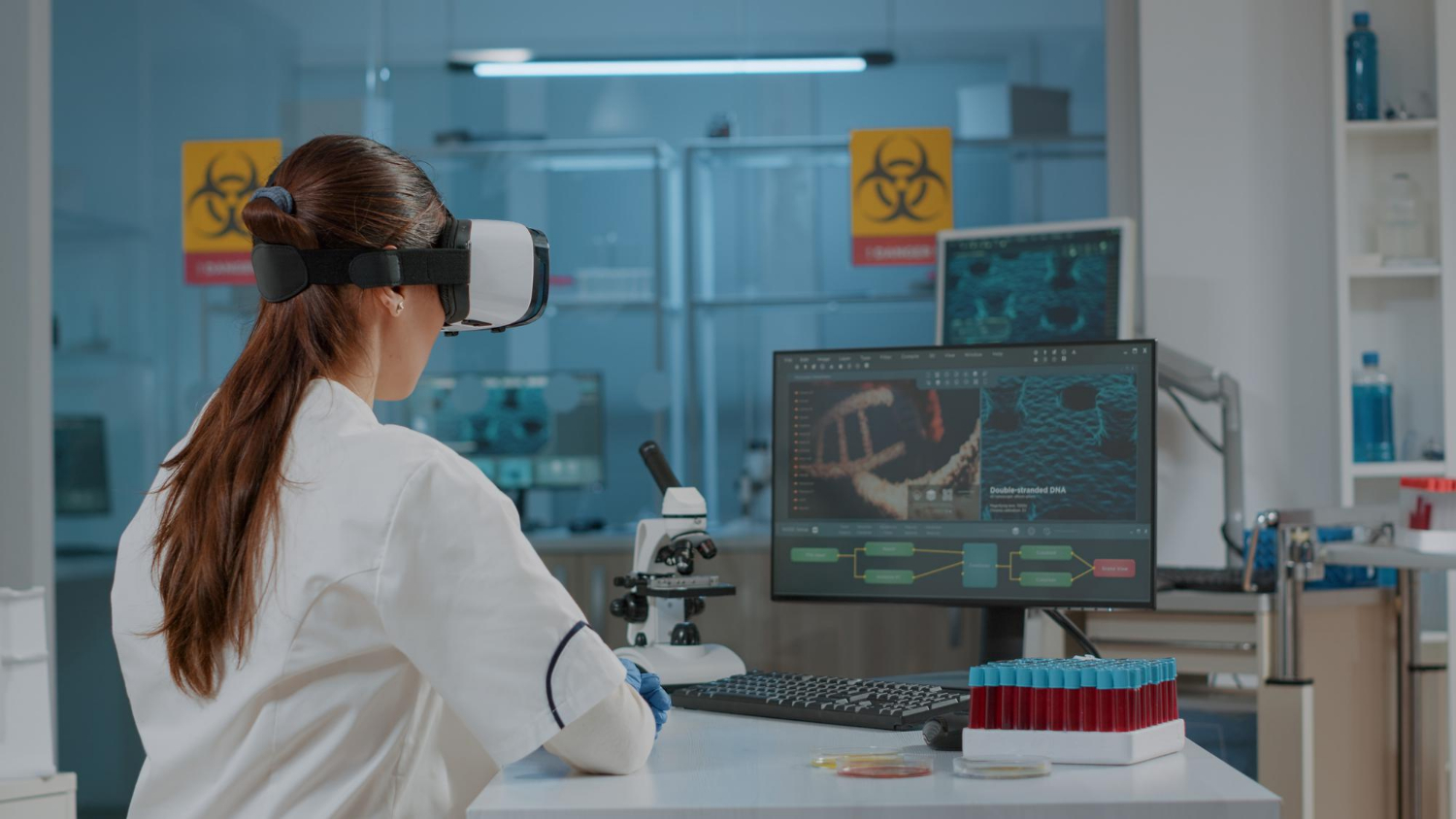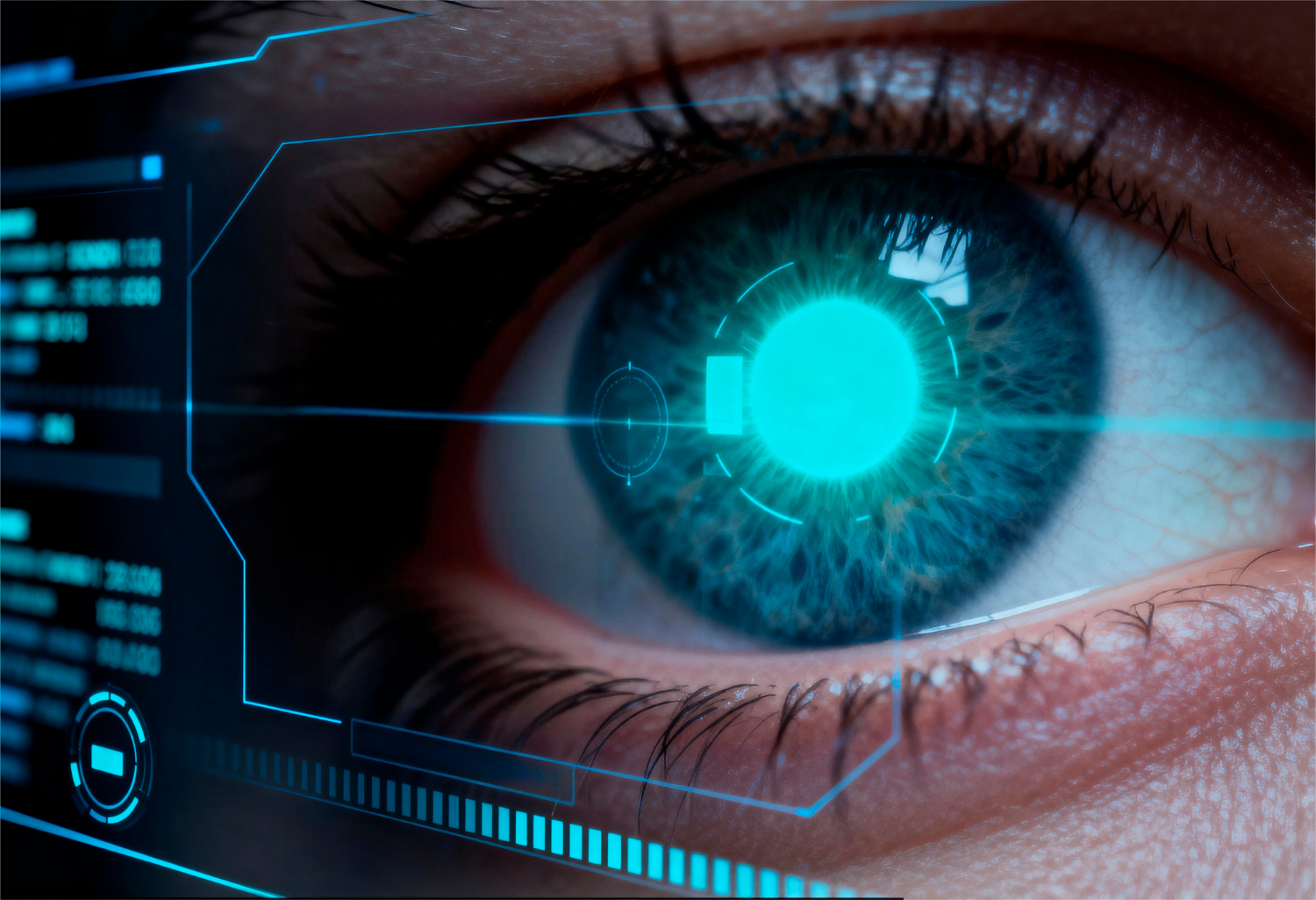Real-Time Performance at the Edge
Edge devices now support much faster processing. Thanks to mobile hardware and GPU acceleration, these devices handle tasks that once required large servers. This change is helping real-time systems grow across many industries.
Edge devices include small units like cameras, drones, and wearable tech. They collect and process data close to the source. This local processing reduces delays.
It also reduces the need to send all data to the cloud. When edge devices work with a graphics processing unit, they become faster. This speed helps them support artificial intelligence (AI) and other advanced tasks.
AI depends on large amounts of data. Running these systems in real time needs strong hardware. The graphics processing unit works well for this job.
It handles many tasks at the same time. This makes it ideal for training and using AI models in edge devices.
Read more: How to use GPU Programming in Machine Learning?
Why GPU Acceleration Matters
Traditional processors work best with simple tasks. They complete them in order, one step at a time. A graphics processing unit works differently.
It handles many parts of a task at once. We call this parallel processing. That’s why GPU acceleration supports faster results.
For real-time use, this speed is vital. Think of a self-driving car or a home security system. The system must respond quickly. Any delay can lead to failure.
GPU acceleration ensures that the system reacts in time. It allows the device to “think” fast enough to respond to real-world events.
In edge environments, power and size matter too. Today’s mobile chips often include built-in GPU cores. These support tasks, like image recognition and video analysis, are right on the device. That means faster results with less energy.
Mobile Hardware and Edge Deployment
Mobile technology is now strong enough to power edge applications. Phone processors already include systems for vision and machine learning. These mobile chips are small but effective. They allow developers to build smart tools that run outside of data centres.
Real-time processing at the edge cuts costs. It also protects user privacy. Data remains on the device instead of going to the cloud. This is a key benefit in the health, finance, and security sectors.
Because mobile chips include a GPU, they support image-based AI tasks well. For example, they can help detect movement in a video stream. They can also scan for patterns in real time. These tasks are faster when supported by GPU acceleration.
Read more: GPU Coding Program: Simplifying GPU Programming for All
AI Workloads in Edge Systems
Running AI on edge devices once seemed too hard. Models needed too much memory and power. But that has changed.
New models use less energy. AI can now run on mobile chips, especially when supported by GPU acceleration.
Edge systems with built-in AI support many tasks. They can check traffic, track people, detect faults, or even manage crops. These tools help users make better decisions faster. They also reduce the cost of sending data to central systems.
Graphics processing units are key to this change. They allow edge devices to run more complex models. These include tasks that involve language, sound, or image processing. AI-powered systems at the edge now perform well enough for real-world use.
Challenges and Solutions
Edge computing does have limits. Devices are small. They run on batteries or low power. They may be in hard-to-reach places.
So, the software must be efficient. Developers must write code that fits tight hardware rules.
GPU acceleration helps. It lets developers move AI tasks from the main processor to the graphics chip. This shift frees up space and power. It also improves how the system responds.
Some tools also adjust AI models to run better on edge devices. They shrink the models or change the way the code works. These tools match the model to the mobile chip and GPU. This makes the system faster and easier to maintain.
Read more: Understanding the Tech Stack for Edge Computing
Real-World Examples
Edge systems with GPU acceleration are used in many places. In cities, cameras monitor roads and crossings.
They detect traffic, accidents, or people crossing the road. AI systems process these images in real time. They send alerts when needed.
In factories, sensors on machines track wear and vibration. AI checks the data as it arrives. If there is a problem, it sends a warning. The system can then stop the machine or call a worker.
In farming, drones scan crops using mobile edge systems. AI checks the leaves, colour, and spacing. This helps farmers treat plants early and improve yield.
All these systems use GPU acceleration to manage tasks that once needed servers. Now, the edge device can run AI and respond in real time.
Conclusion
GPU acceleration is a vital tool in edge computing. It enables real-time AI performance without large servers. Mobile chips with strong GPU cores now support many tasks. These include video, speech, and image processing.
Edge systems help in transport, farming, health, security, and more. They reduce delay, cut costs, and improve privacy. Thanks to mobile hardware and graphics processing units, real-time AI is now possible at the edge.
Read more: Automating Assembly Lines with Computer Vision
How TechnoLynx Can Help
TechnoLynx offers systems that combine AI, GPU acceleration, and IoT. We help firms design and deploy edge devices for real-time use.
Our team creates solutions that work with tight hardware. We design models that use little power and still give fast results. We test them on real edge systems. We also help you scale up when you are ready.
If your business needs fast decisions at the edge, contact TechnoLynx! We’ll help you apply the right tools and get the best results.
Image credits: Freepik

